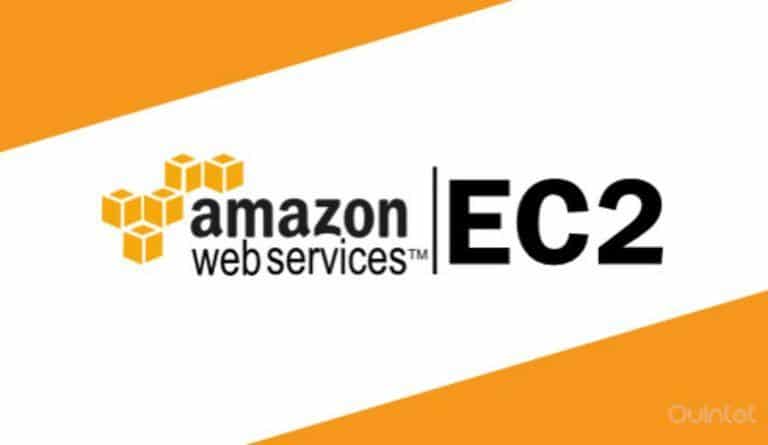AWS Cost Optimization Best Practices
This article provides a detailed overview of AWS Cost Optimization Techniques and provides insights about different best-practices for reducing costs.
AWS is gaining more popularity day by day as enterprises can easily find/adopt the suitable resources & service providers for their needs. Moreover, The world is utilizing cloud computing for better data management & easy access to different services. Most of the service-partners are offering cloud-based solutions to their clients. Today, we will learn about AWS Cost Optimization Best Practices to reduce the overall costs within AWS.
We all know about the current market scenario. Enterprises started utilizing multiple cloud services through various resources & AWS offer them the one of the best of services as per their needs. To make these services more affordable, check out the below given best practices for AWS costs optimization. .
Best Practices for AWS Cost Optimization
Pay as per your requirement
- The best part about using AWS Cloud Server is it won’t ask you for extra money for the service that you are not using.
- You will be asked to pay only for the resources used by you for the specified time.
- You don’t have to sign in the contract for a long-term (or) paying minimum charges to use the services, just read out the pricing policy and proceed further. It’s a simple concept that should be checked before hiring any service provider.

AWS Cost Optimization Best Practices – Pay as per your requirement
Prepare a Schedule
- Most of the instances of the engaged resources remain unused.
- It’s always advisable to turn on the scheduling features for such non-production instances.
- If the development team is not punctual or they work on different shifts, then you should prepare a neat schedule with the availability of the team members.
- This will save you a lot of money in the long run as you don’t have to pay for the non-production instances.

AWS Cost Optimization Best Practices – Prepair a Schedule
Addressing the Idle Resources
- Each of the idle resources that are available for access consumes up to 5% of the CPU.
- Enterprises are charged 100% of the total use for the instances. As a result, you will be charged for the resources which are remained idle throughout time.
- To reduce the overall bill, you should find out the idle resources and disable them until you need them.
- You can also scale up the overall usages of the computer by different resources using the same resources.
Purchase the Suitable AWS Instances
- When running AWS instances for longer durations, then we would advise you to go with the reserved AWS Instances.
- The reserved instances would eventually reduce the overall cost by reserving the single/pool of instances and AWS will significantly provide discounted rate.
- Better analyze the nature of use-case, duration etc. before buying reserved AWS instances.
- If you don’t research well, then you may end up buying non-reliable instances that are of no use.

AWS Cost Optimization Best Practices – Purchase the suitable Instances
According to experts, reserved resources give you an idea of purchasing suitable instances so that you don’t have to pay for the unwanted instances that may remain idle throughout time.
Optimize the Storage
We take regular backups of the important data, documents, files & snapshots to keep things running smoothly. However, many of you might not optimize the storage data of the resources. Snapshots are one of the most crucial elements in this particular field to avoid duplicity of files.
- Usually, the most recent snapshots which carry all the useful information and data.
- We don’t need the previously-stored snapshots. Snapshots are used to restore the data if something goes wrong, otherwise, they remain idle and occupy a lot of space which could increase the bill.
- We would advise you to explore the storage well and delete all the unwanted snapshots from there. This practice saves you hundreds of dollars in the long run.
Keep the Instances Up-to-date
AWS is growing rapidly as new partners are joining every other day. The platform has a wide range of services and products to take your enterprise to the next level by utilizing the latest technologies and new cloud-based platforms.
- AWS frequently upgrades the existing instances.
- The updated instances are improved in nature with better performance & more reliability for the new clients.
- For the very same reason, you need to upgrade the existing instances.
- Keeping the instances up to date helps to improve work efficiency & productivity which ultimately helps in reducing costs.
Consider Single Cloud over Multi-Cloud
Many enterprises would like to go with multi-cloud platforms as they have to deal with big data & many other kinds of stuff that require big storage & more platforms for quick access.
- However, we would suggest you go with a single cloud as it gives you more flexibility with the management of your data.
- When you go with the multi-cloud solution, you will have to invest extra money for the new servers and multiple cloud resources, etc.
- Since you are optimizing the cost, you should go with the single-cloud solution.
Final Thoughts
AWS & its services are updated regularly, you have to understand that the optimization practices will also be updated over time. In a nutshell, AWS Cost Optimization Best Practices is an on-going process & with passing of time, we would add up new practices that could help you reduce the overall spend. Explore the above listed best practices & start utilizing them to save some extra bucks on the AWS services.
Here are few awesome resources on AWS Services:
Cloud Cost Analysis
AWS Cloud Migration Cost Estimation
AWS Cost Models
Cost Savings in Cloud Computing
- CloudySave is an all-round one stop-shop for your organization & teams to reduce your AWS Cloud Costs by more than 55%.
- Cloudysave’s goal is to provide clear visibility about the spending and usage patterns to your Engineers and Ops teams.
- Have a quick look at CloudySave’s Cost Caluculator to estimate real-time AWS costs.
- Sign up Now and uncover instant savings opportunities.